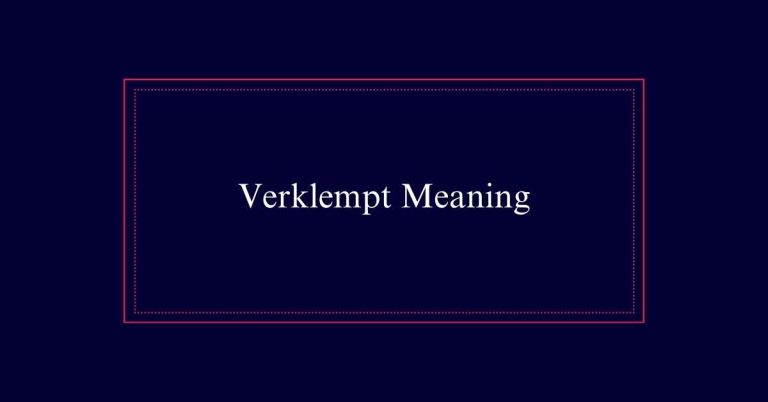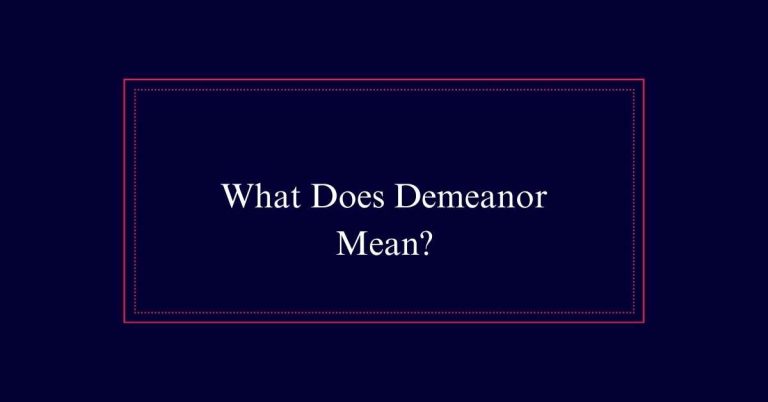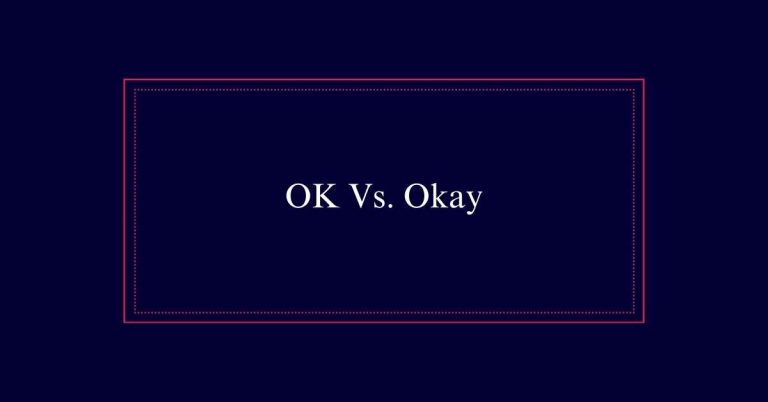Kneeled or Knelt?
Both ‘kneeled’ and ‘knelt’ are correct past tense forms of ‘kneel.’ Historically, ‘knelt’ is more common in both American and British English. However, ‘kneeled’ is gaining popularity, particularly in American English. The choice between the two often depends on regional preferences and the formality of the context. ‘Knelt’ tends to be used in more formal or traditional writing, while ‘kneeled’ appears more in contemporary texts.
Historical Usage
Throughout history, the forms ‘kneeled’ and ‘knelt’ have both been used to describe the act of lowering oneself onto one or both knees. These terms appear in various contexts, often indicating reverence, submission, or contemplation.
‘Knelt’ has traditionally been more common in both American and British English, while ‘kneeled’ has seen increased usage in American English over time. The choice between these forms can depend on regional preferences and educational background. Both are currently acceptable, reflecting the English language’s evolving nature.
Related words like genuflect, stoop, and kowtow also describe similar actions, each with its own nuances.
Literary Examples
Numerous literary works illustrate the use of both ‘kneeled’ and ‘knelt’ to convey moments of reverence or submission. For example, characters in novels often kneeled to sip wine or knelt in churches. These actions are not just physical gestures but also convey deeper meanings.
| Phrase | Context | Example |
|---|---|---|
| Men kneeled down | Informal setting | Men kneeled down to sip before the wine ran out. |
| Richard kneeled | Historical context | Richard kneeled upon returning from Ireland. |
| Knelt in a church | Religious reverence | A character knelt during prayer in a church. |
Reverence and Submission
In literature, the acts of kneeling and genuflecting often symbolize reverence and submission. These gestures convey deep respect and humility. Characters who kneel may be showing devotion in a religious context or demonstrating loyalty to a leader.
For example, kneeling in a church signifies worship, while kneeling before a king shows allegiance.
Similarly, genuflecting involves bending one knee to the ground, often in a sacred setting. This act is a powerful expression of veneration and surrender. Both actions are used by writers to emphasize a character’s piety, respect, or subservience.
Symbolism in Literature
Symbols in literature convey deeper meanings beyond their literal sense. Kneeling, for instance, often symbolizes humility, reverence, or submission. Whether a character kneeled or knelt, the act can evoke powerful emotions and themes.
| Symbol | Meaning | Emotion Evoked |
|---|---|---|
| Dove | Peace | Serenity |
| Storm | Turmoil | Anxiety |
| Rose | Love | Passion |
| Mirror | Self-reflection | Introspection |
| Chains | Oppression | Despair |
Authors use symbols to add layers to their narratives. A character kneeling might represent a moment of surrender or intense contemplation.
Common Usage Today
Understanding the symbolic weight of kneeling in literature helps us appreciate its common usage in daily language today.
Both ‘kneeled’ and ‘knelt’ are widely accepted, though usage patterns vary. In American English, ‘kneeled’ is gaining popularity, reflecting informal and evolving language. Conversely, ‘knelt’ remains prevalent in both American and British English, often perceived as more traditional.

In modern contexts, these terms describe acts of reverence, submission, or contemplation. For instance, people might say, ‘She knelt to tie her shoe,’ or ‘He kneeled before the altar.’
Regional Differences
Regional differences play a significant role in determining whether people use ‘kneeled’ or ‘knelt.’ In American English, ‘kneeled’ is becoming more popular, though ‘knelt’ remains widely accepted. Conversely, British English still mainly uses ‘knelt.’ These preferences reflect broader linguistic trends and cultural influences.
Here is a comparison of usage:
| Region | Preferred Term | Examples |
|---|---|---|
| United States | Kneeled | ‘He kneeled next to the fallen tree.’ |
| United States | Knelt | ‘She knelt at the altar in prayer.’ |
| United Kingdom | Knelt | ‘The knight knelt before the queen.’ |
| United Kingdom | Kneeled | ‘They kneeled by the riverbank.’ |
| Canada | Both | ‘He knelt/kneeled to tie his shoe.’ |
Educational Influences
Educational background greatly influences whether an individual uses ‘kneeled’ or ‘knelt.’ Schools and universities often adhere to specific language standards. In British and American English education, ‘knelt’ is traditionally taught. However, in recent years, ‘kneeled’ has gained acceptance, particularly in American schools.
Reading habits also play a role. Those who read older literature might prefer ‘knelt,’ while those exposed to modern texts might lean toward ‘kneeled.’ Additionally, language courses and style guides often shape preferences. Educators and publications that emphasize traditional grammar rules are likely to favor ‘knelt.’ In contrast, those more open to language evolution may accept ‘kneeled’.
Related Terms
Commonly, several terms related to the act of kneeling convey various nuances of respect, submission, or contemplation.
Genuflecting, often associated with worship, involves bending one knee to the ground.
Stooping refers to bending forward from an upright position, typically indicating humility or attentiveness.
Kowtowing, a term borrowed from Chinese culture, signifies deep submission or apology, involving a full prostration.
Each of these actions shares elements with kneeling but highlights different aspects of physical and symbolic gestures.
Language Evolution
Language evolves continually, reflecting changes in society and culture. Words like ‘kneeled’ and ‘knelt’ demonstrate this evolution. Historically, ‘knelt’ has been the preferred form in both American and British English. However, ‘kneeled’ is gaining popularity, particularly in American English. This shift illustrates how language adapts over time.
The choice between ‘kneeled’ and ‘knelt’ can be influenced by regional and educational factors. As language users, we witness and contribute to these changes. Over time, one form may become more dominant, but currently, both are acceptable. This flexibility highlights the dynamic nature of language, adapting to the needs and preferences of its speakers.
Choosing the Right Form
When choosing between ‘kneeled’ and ‘knelt,’ consider the context and audience. ‘Knelt’ is more traditional and widely accepted in both American and British English. It often appears in literature and formal writing, symbolizing reverence or contemplation.
On the other hand, ‘kneeled’ is gaining popularity, especially in American English, and may be more familiar to some readers.
Assess your audience’s preference and the formality of your writing. For historical or literary contexts, ‘knelt’ might be more appropriate. If writing for a modern, general audience, ‘kneeled’ could be more relatable.
Both forms are correct, so choose based on the tone you wish to convey and the expectations of your readers. This ensures your writing remains clear and effective.






